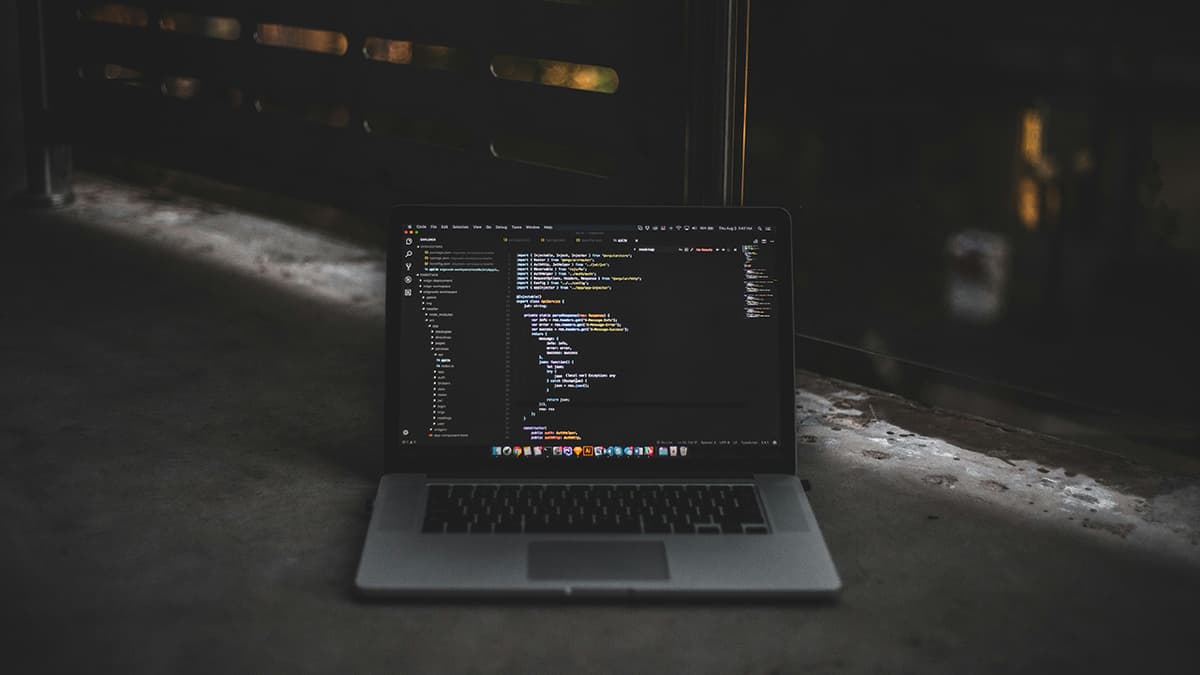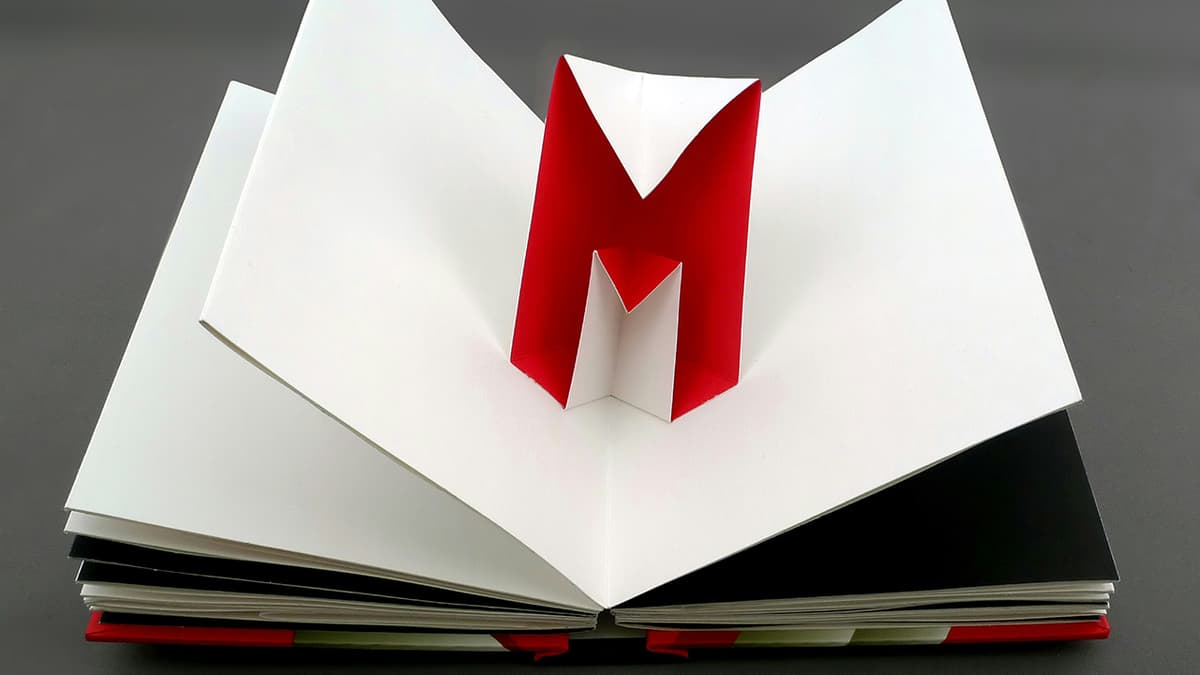How to Secure Your Laravel API Against Common Vulnerabilities
Securing your Laravel API is crucial for protecting user data. Here are practical tips and best practices to safeguard your application.
1. Input Validation
Input validation is essential for API security. Always sanitize and validate user input to prevent harmful data from entering your application. Laravel provides methods for validating incoming requests using validation rules. For example, you can use the validate() method in your controller:
Php
Setting up validation rules helps protect your API from SQL injection and cross-site scripting (XSS).
2. Authentication and Authorization
Robust authentication and authorization are vital for controlling access to your API endpoints. Laravel offers a strong authentication system, including API token authentication and OAuth2 integration. Requiring user authentication before accessing sensitive resources minimizes the risk of unauthorized access.
Php
Using Laravel's middleware, you can enforce access control policies based on the user's role or permissions.
3. Cross-Site Request Forgery (CSRF) Protection
Prevent CSRF attacks by enabling CSRF token verification. Laravel generates CSRF tokens for each user session. Include the CSRF token in your API requests to validate the authenticity of incoming data.
Html
4. SQL Injection Prevention
To prevent SQL injection vulnerabilities, use Laravel's query builder or Eloquent ORM. These methods automatically escape user input.
Php
Avoid raw SQL queries with user input to protect your API from SQL attacks.
5. Content-Type Validation
Validate the Content-Type header of incoming requests to ensure it matches the expected type. This helps prevent attackers from sending malicious payloads in various formats.
Php
6. Rate Limiting
Implement rate limiting to prevent abuse and protect your API from denial-of-service (DoS) attacks. Laravel integrates with services like Redis and Memcached, allowing you to throttle incoming requests.
Php
7. Logging and Monitoring
Enable logging and monitoring to track and analyze API activities. Laravel provides built-in logging features that allow you to record events, errors, and debug information.
Php
Auditing API requests helps identify suspicious behavior and diagnose potential security breaches.
Securing your Laravel API involves multiple strategies, including input validation, authentication, CSRF protection, SQL injection prevention, content-type validation, rate limiting, and logging. Following these best practices will help protect your application and user data.












